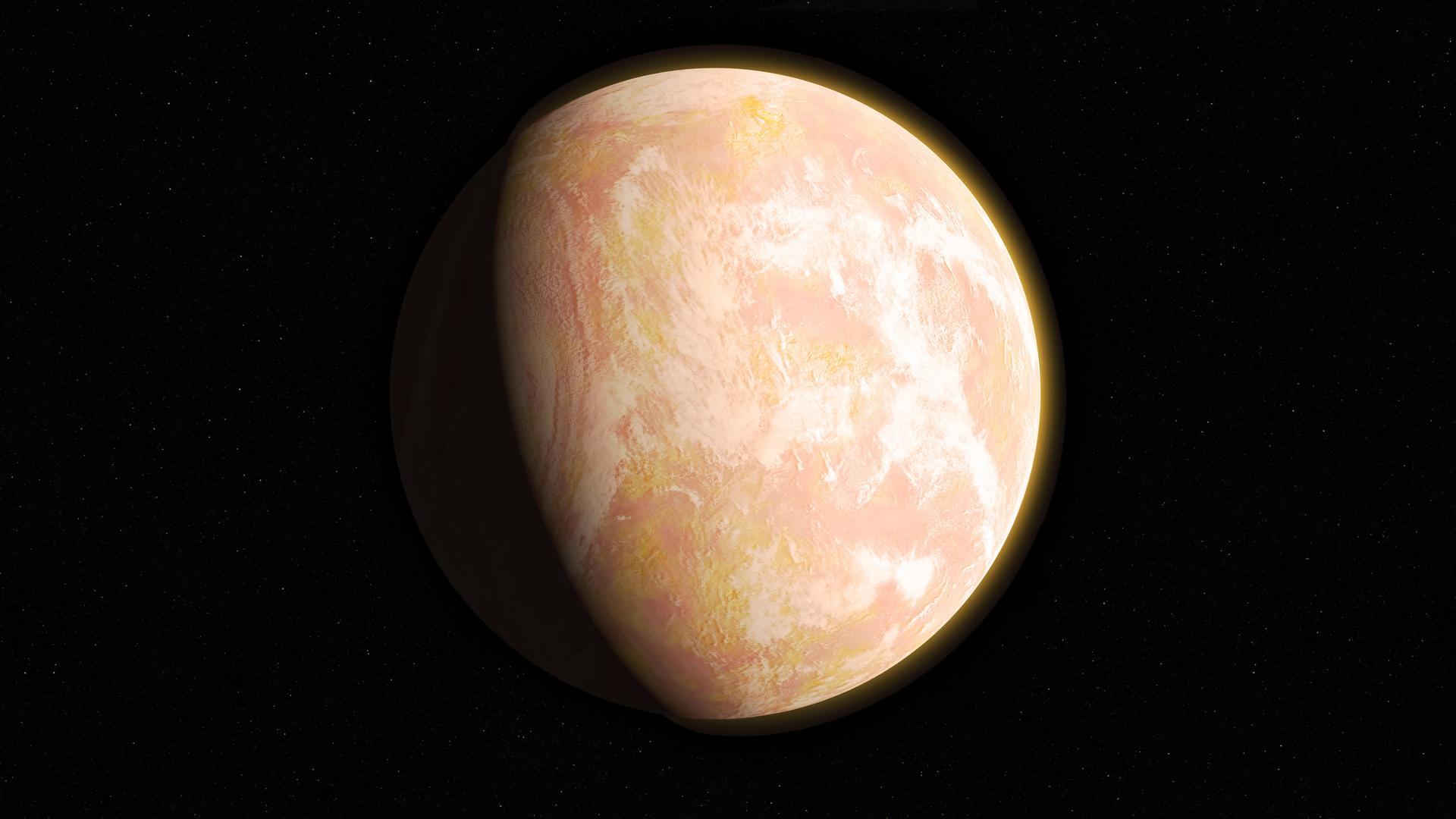NASA-supported scientists have examined the long and intricately linked history of microbial life and the Earth’s environment. By reviewing the current state of knowledge across fields like microbiology, molecular biology, and geology, the study looks at how microorganisms have both shaped and been shaped by chemical properties of our planet’s oceans, land, and atmosphere. The study combines data across multiple fields of study and discusses how information on the complicated history of life on our planet from a single field cannot be viewed in isolation.
The first life on Earth was microbial. Today the vast majority of our planet’s biomass is still made up of tiny, single-celled microorganisms. Although they’re abundant, the history of microbes can be a challenge for astrobiologists to study. Microbes don’t leave bones, shells or other large fossils behind like dinosaurs, fish or other large organisms. Because of this, scientists must look at different evidence to understand the evolution of microbial life through time.


